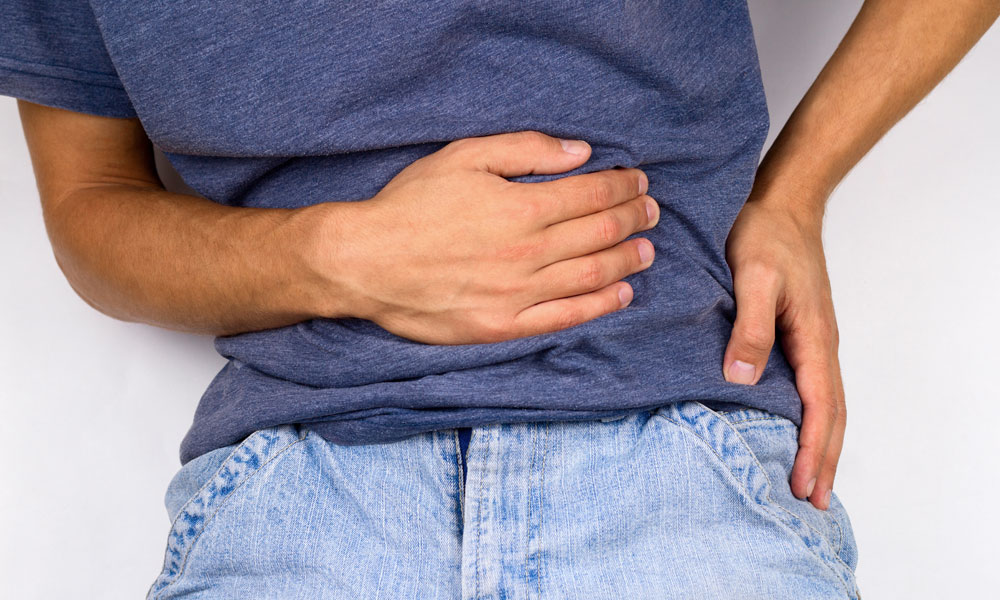
Laproscopic Hernia
What is a hernia?
An abdominal wall hernia is a defect in the fascia (tough white connective tissue layer) of the abdominal wall allowing contents from within to ‘herniate’ out. This causes a lump that is usually visible and easy to feel. It often also causes discomfort. Though hernias may occur anywhere in the abdominal wall they tend to commonly occur in specific locations of weakness such as the groin, umbilicus, or at the site of previous surgery.
What are the risks of a hernia?
Some hernias may cause no symptoms, though most cause some level of discomfort. Pain may be felt at the sight of the hernia and often the intestine gets caught in the hernia causing the pain to be felt in the middle of the abdomen. Pain is commonly worse with exercise and exertion.
Incarceration is when the hernia gets caught out and cannot be reduced back in. When a hernia becomes incarcerated it may then twist or strangulate. This is an emergency situation as whatever is caught in the hernia has lost its blood supply and will die without prompt intervention.
Hernias don’t go away by their own accord and generally with time, they slowly become larger and cause more symptoms. There is no effective non-surgical treatment for abdominal wall hernias.
Specific types of hernia
- Inguinal hernia
- Umbilical & Para Umbilical Hernias
- Incisional hernias
- Femoral hernia
- Epigastric hernia
- Spigelian hernias
Inguinal or groin hernias are the most common hernia. The inguinal canal in the groin is a weak point particularly in males as this is where the testis descends from the abdomen to the scrotum when a baby is developing. In ladies the inguinal canal contains the round ligament of the uterus and hernias still may occur. Repeated strain and time can cause this weak point to give way allowing contents from the abdomen to ‘herniate out’ which usually causes a painful lump in the groin. With time hernias tend to slowly get bigger and more symptomatic and they generally require surgical repair.
Inguinal hernias have traditionally been repaired by open surgery however over recent years laparoscopic (keyhole) repair with mesh has proven to be superior in terms of recovery and chronic discomfort following repair. We recommend laparoscopic repair of all inguinal hernias unless there is a particular technical aspect necessitating open surgery.
The umbilicus area is open when babies are born though should heal closed within the first few years of life. It remains a weak point and can give-way later on due to repeated strain. Small hernias are best fixed by open surgery without mesh, though hernias with a defect >2cm have a higher risk of recurrence so should be repaired with mesh, either laparoscopically or with open surgery. Large hernias benefit from the laparoscopic approach.
These occur in a scar from previous surgery or trauma. They can be complex with more than one defect and generally require mesh repair as recurrence rates are higher than for other hernia repairs. Some may be amenable to laparoscopic repair which has the advantage of quicker recovery though some may still require an open approach. The options of what suits your specific hernia will be discussed in detail at your consultation.
This generally presents as a painful lump in the groin, a bit lower down than where an inguinal hernia would be. Femoral hernias are associated with a high risk of strangulation and therefore all femoral hernias should be repaired even if they currently cause you no problems. They may be repaired laparoscopically with mesh, or open without mesh.
These are similar to umbilical hernias though appear above the level of the umbilicus.
These are rare hernias that occur to one side of the lower abdomen. They can be difficult to clinically find and often require ultrasound or CT to confirm their location.
Complications of hernia repair
Major complications (such as requiring further surgery) occur in 1-2% of patients having simple hernia repair. Risks go up with increasing size and complexity of the hernia. Below is a list of possible complications:
- Wound infection
- Recurrence
- Haematoma/bleeding
- Injury to deep structures (intestine, bladder etc)
- Loss of testicular blood supply (with inguinal hernia repair only)
- Chronic pain round the operative site
- Numbness round the operative site
- Adverse reaction to medications used for anaesthetic etc.
- Urinary retention
